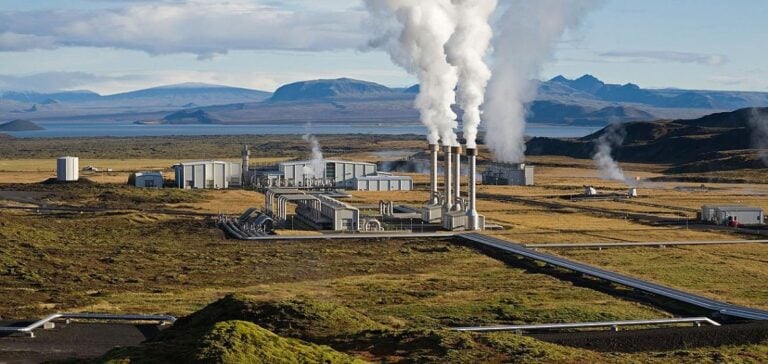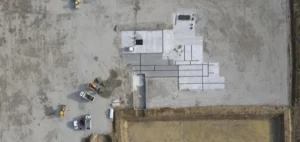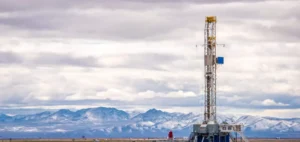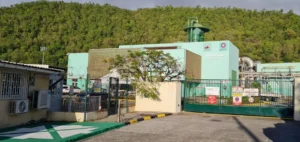Geothermal energy, a renewable energy source harnessing heat from the earth, holds major potential to meet the growing global electricity demand. Currently limited to an installed capacity of 15 GW, this energy source could reach 800 GW by 2050, according to a report by the International Energy Agency (IEA).
Today, geothermal energy accounts for just 1% of global electricity consumption. However, the IEA estimates it could meet up to 15% of global electricity demand growth if project costs continue to decline through technological advancements.
The unique advantages of geothermal energy
Compared to other renewable energy sources such as solar and wind, geothermal energy stands out for its ability to produce stable and continuous electricity. It is independent of weather conditions, making it an ideal solution to strengthen the reliability of electricity grids.
Moreover, technological advancements in drilling techniques derived from the oil and gas industries now enable geothermal energy to be exploited beyond traditional volcanic or tectonic zones, expanding its geographic accessibility.
Regulatory challenges to overcome
Despite its potential, geothermal energy development is hindered by uneven regulatory frameworks. While 100 countries have adopted policies promoting wind and solar energy, only 30 have regulations specifically supporting geothermal energy. This limits investments and slows the sector’s growth.
To encourage geothermal projects, the IEA calls for better long-term visibility for investors and recommends incentive measures to reduce financial risks. The organization also predicts that production costs could drop to $50 per megawatt-hour (MWh) by 2035, an 80% reduction, making geothermal energy highly competitive globally.
A synergy between geothermal energy and lithium extraction
One of the most promising developments in geothermal energy lies in its integration with lithium extraction, a metal critical for the production of electric batteries. This process relies on geothermal brines, naturally heated saline solutions found underground.
After lithium extraction, the hot water is reused to produce electricity or supply heating networks before being reinjected into the aquifers. Pilot projects in strategic regions such as the Salton Sea in the United States, the Rhine Valley in Germany, and Alsace in France demonstrate the feasibility and benefits of this approach.
Uneven global progress
Today, the United States, Indonesia, and Turkey are the main leaders in geothermal energy. In the United States, historical installations from the 1980s and 1990s still dominate, but new projects are exploring industrial and technological integration opportunities.
In Europe, recent initiatives in Germany, France, and the United Kingdom focus on the combined use of geothermal energy and lithium extraction. These projects contribute to the energy transition and strengthen energy independence while reducing global carbon emissions.






















